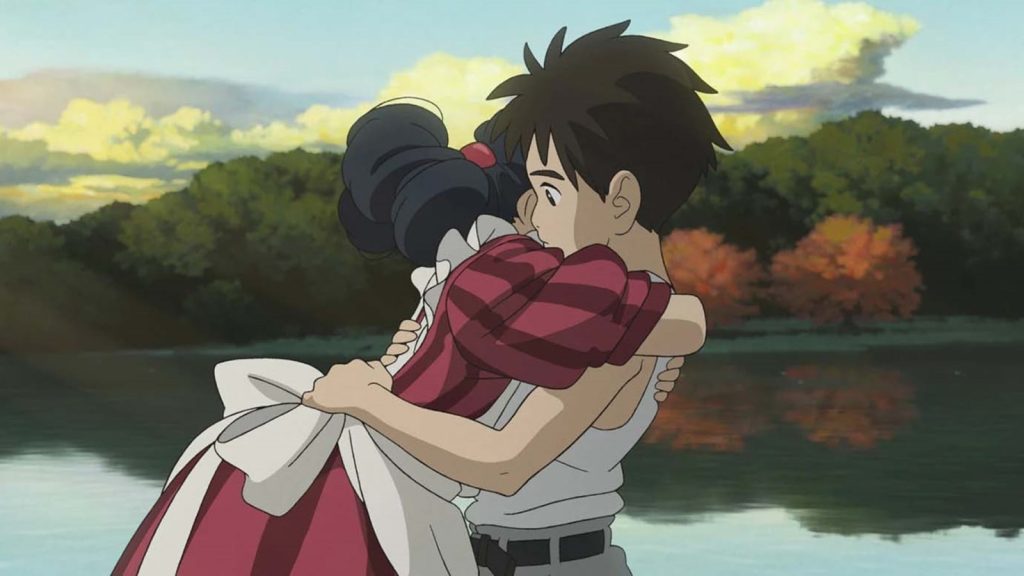Studio Ghibli-style images have taken over the Internet after OpenAI released its “most advanced image generator yet” via an update to the GPT-4o model. People around the world have been using the artificial intelligence chatbot to adapt images to the distinctive style developed by legendary Japanese animator Hayao Miyazaki.
But not everyone is happy. Many see this as an affront to the creative process, especially given Miyazaki’s own views about AI-generated art.
Analogue artist in a digital age
Miyazaki was born in Tokyo in 1941. At an early age, he got hooked on manga, a popular and distinctive style of Japanese comics and graphic novels. After studying economics and political science at university, he began his career as an animator in 1963.
Miyazaki worked in the long-running series World Masterpiece Theater, and films such as The Wonderful World of Puss ’n Boots (1969) and Future Boy Conan (1978) before co-founding Studio Ghibli with director Isao Takahata, and producer Toshio Suzuki in 1985. Miyazaki has himself directed most of the films produced by the studio.
Over the years, Studio Ghibli has developed a distinctive aesthetic, one that has found admirers around the world. Miyazaki’s frames are vivid in detail, rich in colour, and imbibe even daily objects with a dream-like character.

Crucially, Studio Ghibli productions are meticulously hand-painted, and use next to no digital assistance. Even in an age where computer animation has taken over the world, Miyazaki’s work is defined by the fact that behind each frame is the labour of a human illustrator, often Miyazaki himself.
“I believe that the tool of an animator is the pencil,” he told The New York Times in an interview in 2021.
Story continues below this ad
Naturally, Miyazaki has been a vocal critic of AI-generated art.
For Never-Ending Man: Hayao Miyazaki, a 2016 documentary about his life, he was shown a demonstration of an AI-generated animation. His response has gone on to become one of the most oft-quoted repudiations of AI art.
“I am utterly disgusted… I would never wish to incorporate this technology into my work at all. I strongly feel that this is an insult to life itself,” he famously said, before ending the discussion with the following words: “I feel like we are nearing the end of times. We humans are losing faith in ourselves.”
Progressive themes
Much like their visual aesthetic, Studio Ghibli’s stories blend the mundane with the fantastical. They are also deeply political, and contain complex characters who blur the binary between good and evil.
Story continues below this ad
Having grown up in post-World War II Japan, pacifism is a recurring theme in Miyazaki’s works.
Porco Rosso (1991) was described by Daisuke Akimoto as “anti-war propaganda”. He wrote that the “fundamental political message of the film is not only anti-fascism, but also anti-war pacifism”. (‘A Pig, the State and War: Porco Rosso’ published in 2014 in Animation Studies). In Princess Mononoke (1997), the protagonist goes against tradition to try and end a historic conflict between two communities.
Environmentalism is another common theme of Studio Ghibli films. In 2008, Miyazaki told The Japan Times that he felt very frustrated growing up because he saw nature being destroyed “in the name of economic progress”.
Miyazaki’s films push audiences to reflect on the effects of capitalism on the natural world by telling stories about the relationship between humans and nature. Hannah Kong Walter wrote for The Cambridge Language Collective earlier this year: “Nature in Studio Ghibli is never just a physical setting: it is otherworldly, and if nothing else, a reminder of the power and beauty of the imagination. These films do not so much concern the natural world and its importance as one’s connection to it.”
Story continues below this ad
Miyazaki has also been praised for his treatment of female characters. Many Studio Ghibli films tell coming-of-age stories of girls. But they do so without resorting to either sexualisation or fluff, something that is rare even today. His female protagonists are strong-willed, capable of navigating the complexities of the world while still remaining true to themselves.
Spirited Away (2001), perhaps the most famous Studio Ghibli film of all time, tells the story of ten-year-old Chihiro, who mysteriously gets trapped in the world of kami — spirits in Japanese folklore — and must figure out a way to free her family, and return to the human world.
This was the first non-English film to win the Academy Award for Best Animated Feature (although Miyazaki refused to attend the ceremony, citing his opposition to the Iraq War), and has found itself on multiple ‘Best Of’ lists. Miyazaki’s The Boy and The Heron (2023) too won the Academy Award for Best Animated Feature.


